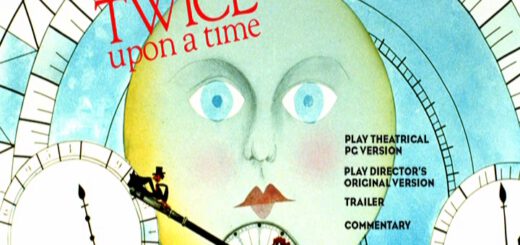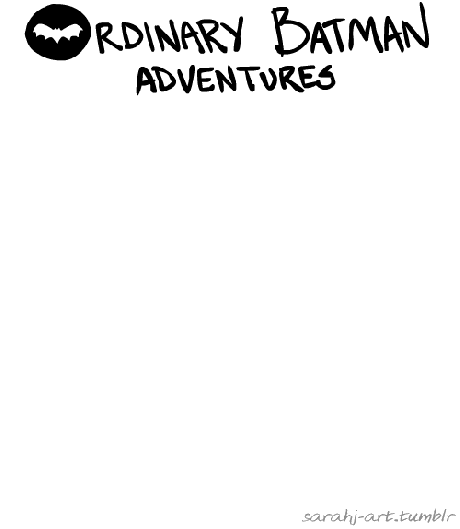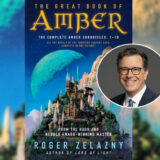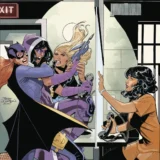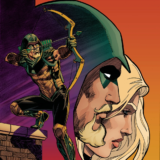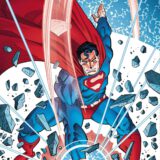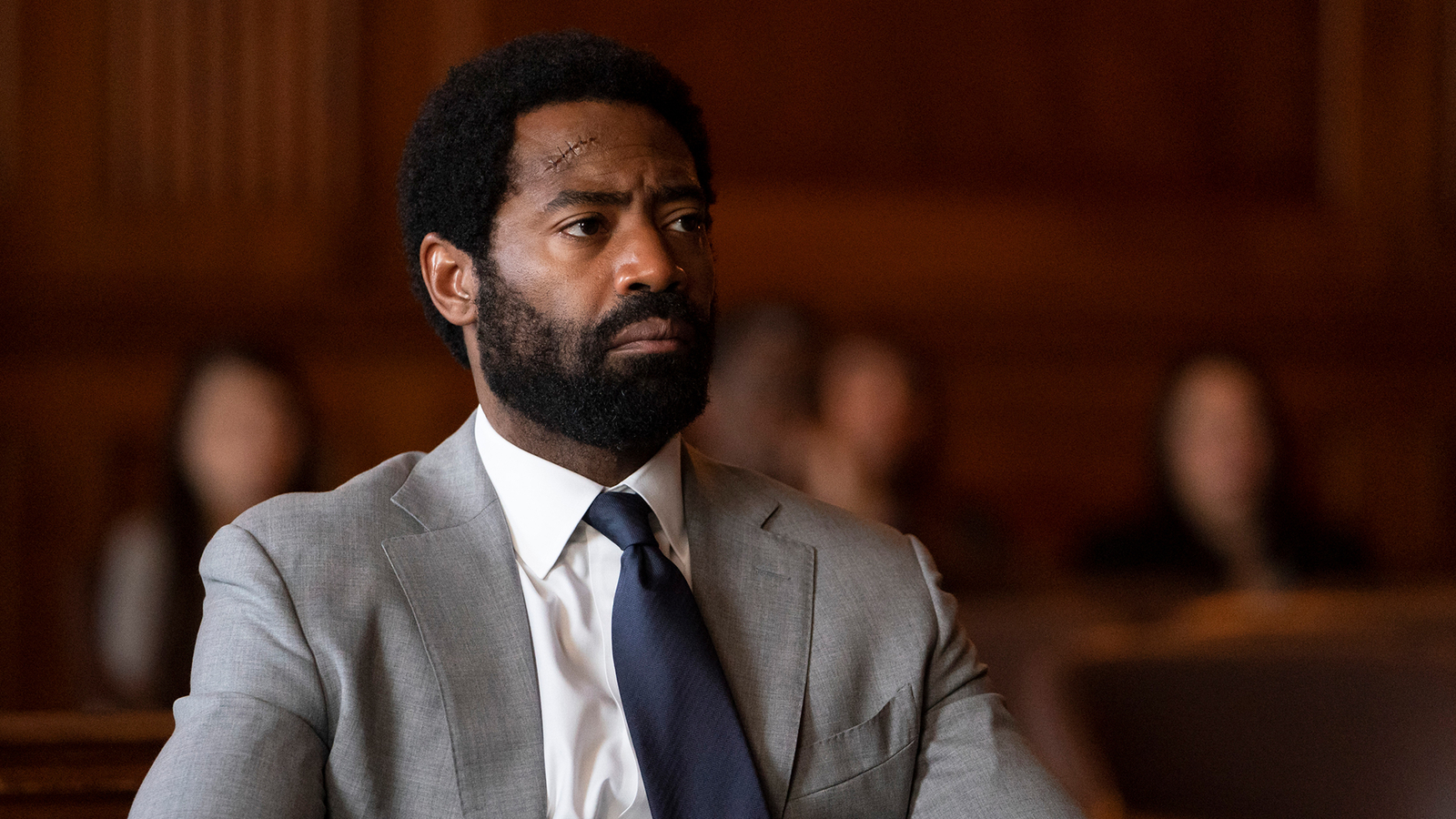REVIEW: Twice Upon a Time
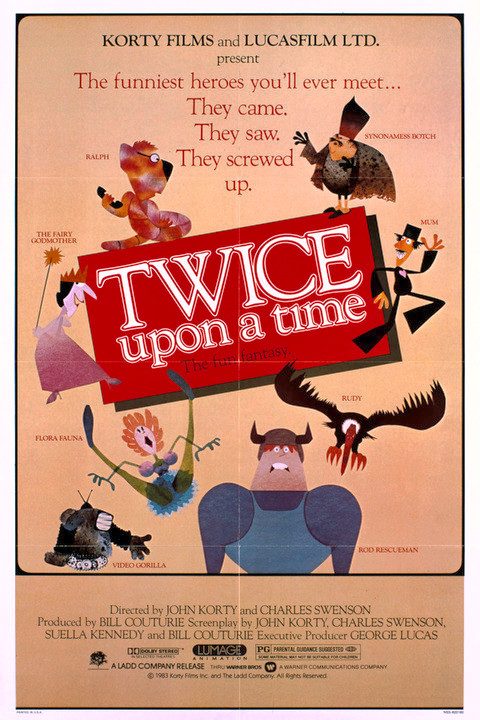 People of a certain age (i.e. “Old”) will remember when in the early days of HBO, a weird ,wild animated film called Twice Upon a Time made the rounds. Many paid it heed because it was executive produced by George Lucas, currently in the process of imprinting our childhoods with a new mythology. But except for a laserdisc and VHS release, the film rather fell off the table, save for dedicated maniacs who remembered it fondly.
People of a certain age (i.e. “Old”) will remember when in the early days of HBO, a weird ,wild animated film called Twice Upon a Time made the rounds. Many paid it heed because it was executive produced by George Lucas, currently in the process of imprinting our childhoods with a new mythology. But except for a laserdisc and VHS release, the film rather fell off the table, save for dedicated maniacs who remembered it fondly.
Warner Archives, print-on-demand masters of unearthing lost bits of cinema and making them available to the masses, have achieved the impossible and presented the world with a brand new release of the film, unearthing both audio tracks, and getting many of the animators together for a commentary track, including Henry Selick, who has gone on to great things like Neil Gaiman’s Coraline and Tim Burton’s Nightmare Before Christmas, and in that order.
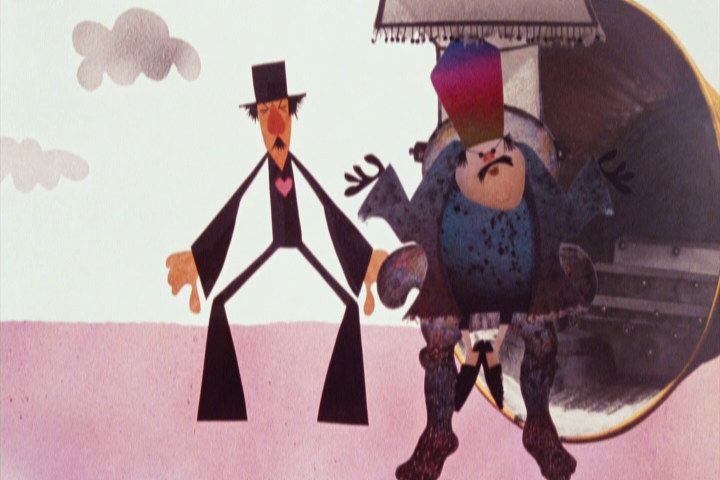
Botch (Marshall Efron) presents a perfectly reasonable plan; Mum entreats his cohorts this is not the case
The film tells the tale of two magical lands; Frivoli and The Murkworks, who create the happy dreams and horrid nightmares, respectively, for The Rushers of Din, a land that looks suspiciously like San Francisco. The head of The Murkworks, Synonymess Botch (voiced by former Sunday School teacher Marshall Efron) hatches a plan to plunge Din into eternal nightmares, and cons our heroes Ralph the All-Purpose Animal (Lorenzo Music) and his cohort Mum (who…remains so) into stealing the main spring from The Cosmic Clock, which will freeze time and allow Botch to set his plan into motion. They attempt to undo their blunder with the help of their (and everyone’s) Fairy Godmother (Judith Kahan Kampmann) and Rod Rescueman (James Cranna) a superhero in training.
The animation style of the film is a unique delight, a process called Lumage, that uses colored paper and fabric cutouts to create the characters, a process that inspired the creators of South Park decades later. Animator John Korty used the process for a number of shorts for Sesame Street, most notably “The Adventures of Thelma Thumb” (starring Kahan and Cranna), which amazingly is not available on the web anywhere or I’d have linked to it just there.
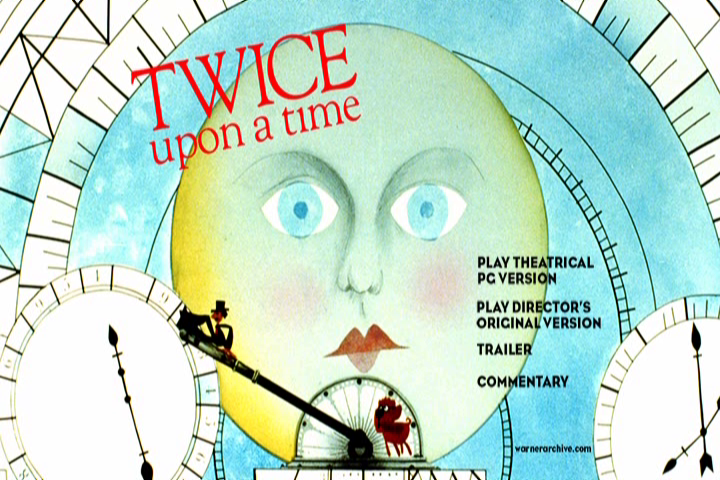 The tale of the two audio tracks is somewhat of a confusing tale. There’s a more raunchy version of the dialogue that features a number of curse words – it’s been long assumed that was the original version of the film, but that’s not the case. As Korty explains in the commentary, they were contractually obligated to deliver a family-friendly film, and so they did. But when sneak previews proved unsuccessful, Korty’s producer Bill Couturié (Common Threads: Stories from the Quilt) took it on himself to re-record many of the lines with more salty language, to attempt to make the film more accessible to an older audience. It had the opposite reaction – the film’s limited release resulted in numerous walkouts and demands for refunds, and the wide release was cancelled. The second version is the one that was (accidentally, it’s believed) to HBO, and when it was replaced with the “clean” version for later showings and the video release, the belief arose that the film had been censored – indeed, it had been returned to its original form. Interestingly, even Warner Archives mixes this up – They describe the dirty version as the “Director’s Original Version”, when in fact it’s the PG version that was Korty wanted and delivered.
The tale of the two audio tracks is somewhat of a confusing tale. There’s a more raunchy version of the dialogue that features a number of curse words – it’s been long assumed that was the original version of the film, but that’s not the case. As Korty explains in the commentary, they were contractually obligated to deliver a family-friendly film, and so they did. But when sneak previews proved unsuccessful, Korty’s producer Bill Couturié (Common Threads: Stories from the Quilt) took it on himself to re-record many of the lines with more salty language, to attempt to make the film more accessible to an older audience. It had the opposite reaction – the film’s limited release resulted in numerous walkouts and demands for refunds, and the wide release was cancelled. The second version is the one that was (accidentally, it’s believed) to HBO, and when it was replaced with the “clean” version for later showings and the video release, the belief arose that the film had been censored – indeed, it had been returned to its original form. Interestingly, even Warner Archives mixes this up – They describe the dirty version as the “Director’s Original Version”, when in fact it’s the PG version that was Korty wanted and delivered.
The print is in widescreen for the first time on video, and bright and pristine, the sound (both versions) is clear and clean. The songs by Bruce Hornsby and Maureen McDonald are pleasant, and don’t litter the cinematic landscape like so many kids’ movies. It’s truly a forgotten classic, one that deserves a new generation of eyes on it.

